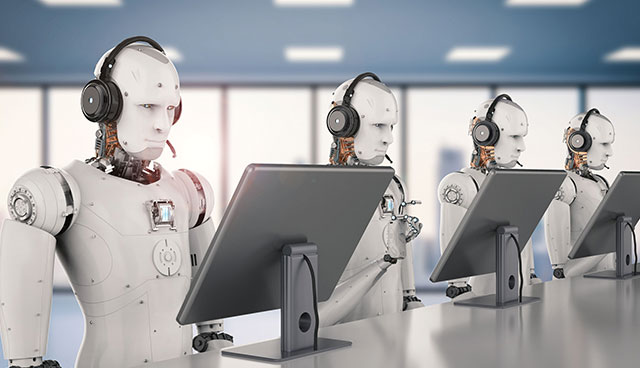Artificial Intelligence (AI) has become an increasingly prevalent topic of discussion in recent years, with many experts expressing concerns about the potential dangers of this technology. The question on everyone’s mind is, are AI systems really as dangerous as they seem?
In this article, we will explore the realities of AI, debunk common myths, and assess the risks associated with this technology.
Myth #1: AI is a threat to humanity
One of the most common fears surrounding AI is that it will eventually become smarter than humans and pose a threat to our existence. However, this scenario is highly unlikely. While AI can be trained to perform specific tasks and make decisions, it lacks the creativity, intuition, and critical thinking skills of humans. It is also worth noting that AI systems are developed by humans and can be programmed with ethical and safety guidelines to prevent them from causing harm.
Myth #2: AI will take over our jobs
Another common fear is that AI will replace human workers, leading to mass unemployment. While it is true that AI can automate many tasks and make some jobs redundant, it is also creating new job opportunities. For example, AI developers, data analysts, and machine learning engineers are in high demand, and these jobs require specialized skills that many people do not possess.
Myth #3: AI is always accurate and unbiased
AI systems are only as good as the data they are trained on. If the data is biased or incomplete, then the AI will reflect these shortcomings. For example, facial recognition algorithms have been shown to be less accurate when identifying people of color, which can lead to discrimination and harm. It is important to ensure that AI systems are designed and trained with diverse and representative data to avoid perpetuating biases.
Risks Associated with AI While the dangers of AI may be overstated, there are still risks associated with this technology that need to be addressed. Here are some of the main risks:
Privacy and security: AI systems require vast amounts of data to function, and this data often includes personal and sensitive information. There is a risk that this data could be stolen or misused, leading to privacy violations and other security concerns.
Job displacement: As mentioned earlier, AI has the potential to automate many jobs and make some skills redundant. This could lead to unemployment and economic inequality, particularly for workers who lack the skills needed to adapt to new job opportunities.
Malfunction and errors: AI systems are not infallible and can malfunction or make errors. In some cases, these errors can have serious consequences, such as in the case of self-driving cars or medical diagnosis tools.
Ethical concerns: AI systems can perpetuate biases and discrimination if they are not designed and trained with diverse and representative data. There is also a risk that AI could be used to make decisions that have a negative impact on society, such as in the case of autonomous weapons.
Conclusion While the fears of AI taking over the world are largely unfounded, there are still risks associated with this technology that need to be addressed. By understanding the realities of AI and debunking common myths, we can have a more informed and nuanced discussion about the risks and benefits of this technology. It is important to develop ethical and safety guidelines for AI systems to ensure that they are developed and used in a responsible and beneficial way.
